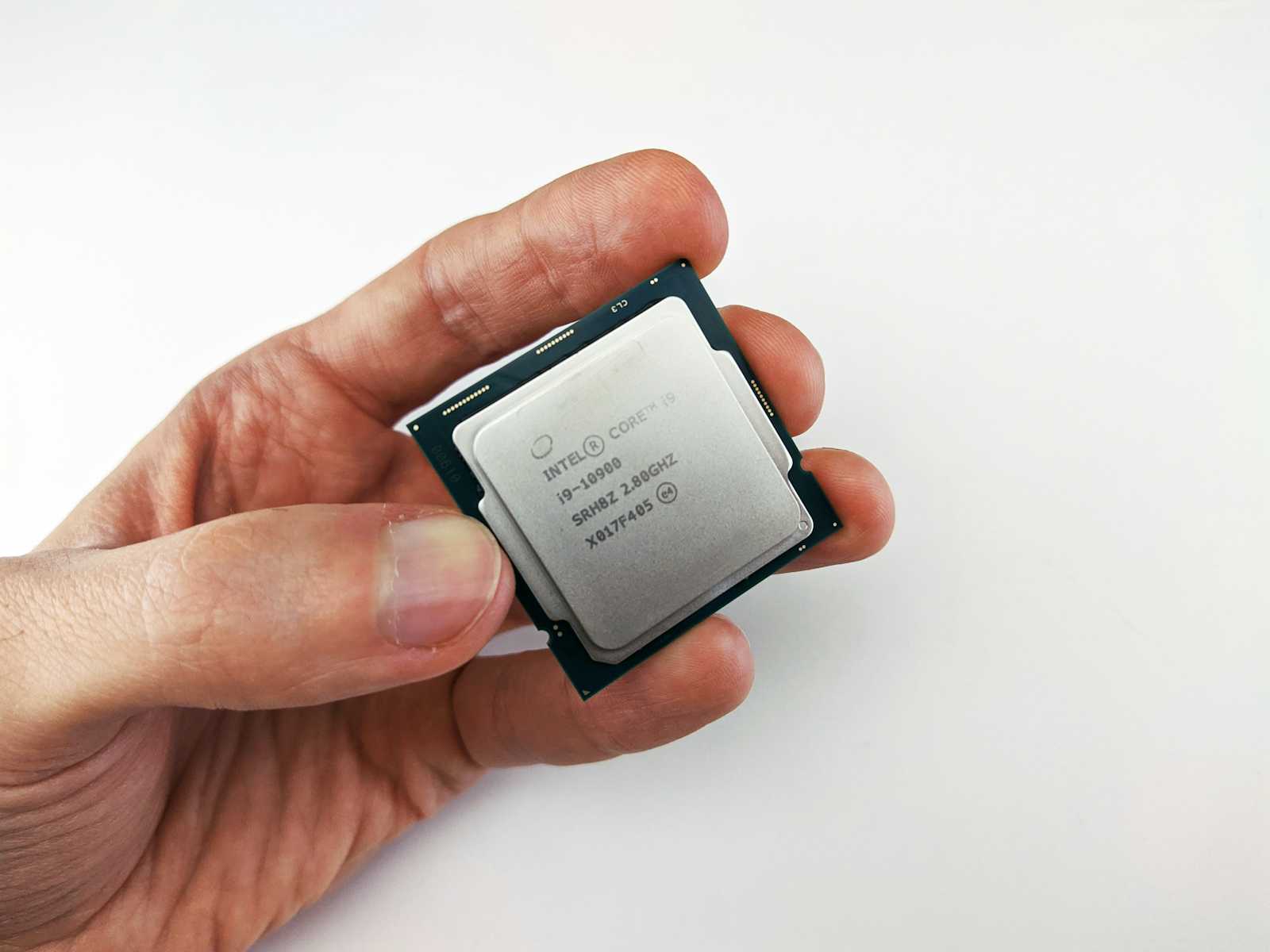How to Choose the Ideal CPU for Gaming, Editing, and Daily Use
 Shubhajit Mondal
Shubhajit Mondal
A guide for choosing a processor (CPU) based on different use cases, Gaming, Editing, and Office or Regular Use, consider the following key points:
Cores and Threads
Gaming: Modern games generally benefit from higher core counts, but most games are optimized for 4 to 8 cores. More threads help with multitasking.
Editing: Multithreading is crucial for tasks like video rendering and 3D modeling. Aim for CPUs with at least 8 cores and 16 threads for efficient performance.
Office or Regular Use: 4 to 6 cores are usually sufficient for basic tasks like web browsing, word processing, and spreadsheets. More cores may improve multitasking.
Clock Speed
Gaming: Higher clock speeds can enhance performance, especially in single-threaded tasks. Look for CPUs with higher base and boost clock speeds.
Editing: While clock speed is important, it should be balanced with core count. Look for CPUs with high clock speeds and multiple cores.
Office or Regular Use: Moderate clock speeds are generally sufficient. Focus on core count and overall performance balance.
Cache Size
Gaming: Larger cache sizes can improve performance by reducing latency. Look for CPUs with a good balance of L1, L2, and L3 cache sizes.
Editing: A larger cache can help with handling large files and complex tasks, improving overall performance.
Office or Regular Use: Cache size is less critical but can impact performance in more demanding applications.
Architecture and Generation
Gaming: Newer architectures generally offer better performance and efficiency. Look for the latest generation CPUs for the best gaming experience.
Editing: Newer architectures improve performance and efficiency, which is beneficial for rendering and editing tasks.
Office or Regular Use: Latest generation CPUs offer better efficiency and performance improvements over older models.
TDP (Thermal Design Power)
Gaming: Higher TDP CPUs may offer better performance but require adequate cooling solutions. Ensure your system can handle the thermal output.
Editing: CPUs with higher TDP can provide better performance but may require better cooling solutions for extended use.
Office or Regular Use: Lower TDP CPUs are usually sufficient and generate less heat, making them easier to cool.
Integrated Graphics
Gaming: While not crucial for high-end gaming, integrated graphics can be useful for troubleshooting or light gaming if a discrete GPU is not available.
Editing: Integrated graphics are less important for professional editing, where a dedicated GPU is preferred.
Office or Regular Use: Integrated graphics are usually sufficient for standard office tasks and media consumption.
Overclocking Capability
Gaming: Overclocking can boost performance, especially in gaming. Look for CPUs with unlocked multipliers if you plan to overclock.
Editing: Overclocking can enhance performance, but stability is crucial for lengthy editing tasks. Ensure good cooling and stability.
Office or Regular Use: Overclocking is less relevant but can provide extra performance if needed.
Socket Compatibility
Gaming: Ensure the CPU is compatible with your motherboard's socket and chipset. Upgrading might require a new motherboard.
Editing: Compatibility with your existing or planned motherboard is crucial. Check socket type and chipset support.
Office or Regular Use: Ensure the CPU fits your motherboard socket and consider future upgrade paths.
Budget
Gaming: Balance between performance and cost. Mid-range CPUs offer good value, while high-end CPUs provide top performance at a higher cost.
Editing: Invest in CPUs with more cores and threads for better performance. Higher budget CPUs offer better efficiency and speed for editing tasks.
Office or Regular Use: Focus on value and performance for daily tasks. Mid-range CPUs are usually sufficient for general use.
Summary: Processor Type Comparison
Entry-Level CPUs: Suitable for basic tasks and light gaming. Generally offers fewer cores and lower clock speeds.
Mid-Range CPUs: Ideal for 1080p gaming, moderate editing tasks, and general multitasking. Provides a good balance of cores, threads, and clock speeds.
High-End CPUs: Designed for high-performance gaming, professional editing, and heavy multitasking. Offers more cores, higher clock speeds, and better overall performance.
Professional CPUs: Specialized for workstations requiring high core counts and threading for intensive computing tasks, such as rendering and simulations.
Subscribe to my newsletter
Read articles from Shubhajit Mondal directly inside your inbox. Subscribe to the newsletter, and don't miss out.
Written by

Shubhajit Mondal
Shubhajit Mondal
while (alive) { eat(); sleep(); code(); repeat(); }